
(PDF) Intrarater reliability of the Foot Posture Index (FPI6) applied as a tool in foot
The Foot Posture Index is a quick, reliable diagnostic tool that you can put into practice immediately after learning how to use it. 1 With your patient standing in a relaxed, double limb stance position, make observations in various regions of the foot based on six criteria.

Different measures of the Foot Posture Index. Download Scientific Diagram
Foot Posture Index 6 (FPI-6). The foot posture of each child was evaluated once using the FPI-6 by the same physiotherapist since it has good intra-observer reliability . Children stood in a relaxed-stance position with double limb support and arms at their sides. They were instructed to stand still and look straight ahead for around 2 minutes.
Ortopodologia y Biomecanica FOOT POSTURE INDEX
The Foot Posture Index (FPI) is a validated method for quantifying standing foot posture, and is being used in a variety of clinical settings. There have however, been no normative data available to date for comparison and reference. This study aimed to establish normative FPI reference values. Methods

Changes in foot posture during pregnancy and their relation with musculoskeletal pain A
The foot posture index (FPI-6) is a clinical tool used to quantify the degree to which a foot is pronated, neutral or supinated. It is a robust measure and reliable means of static foot assessment and offers a more valid approach to assessing static foot structure [1].

PPT Lars Henrik Larsen Del 3 PowerPoint Presentation, free download ID3053862
The foot posture index: anthropometric determinants and influence of sex The most frequent posture was neutral with a certain degree of pronation, with no differences in FPI values between men and women. Participants with larger foot sizes had higher FPI values, whereas taller and heavier participants had lower FPI values.
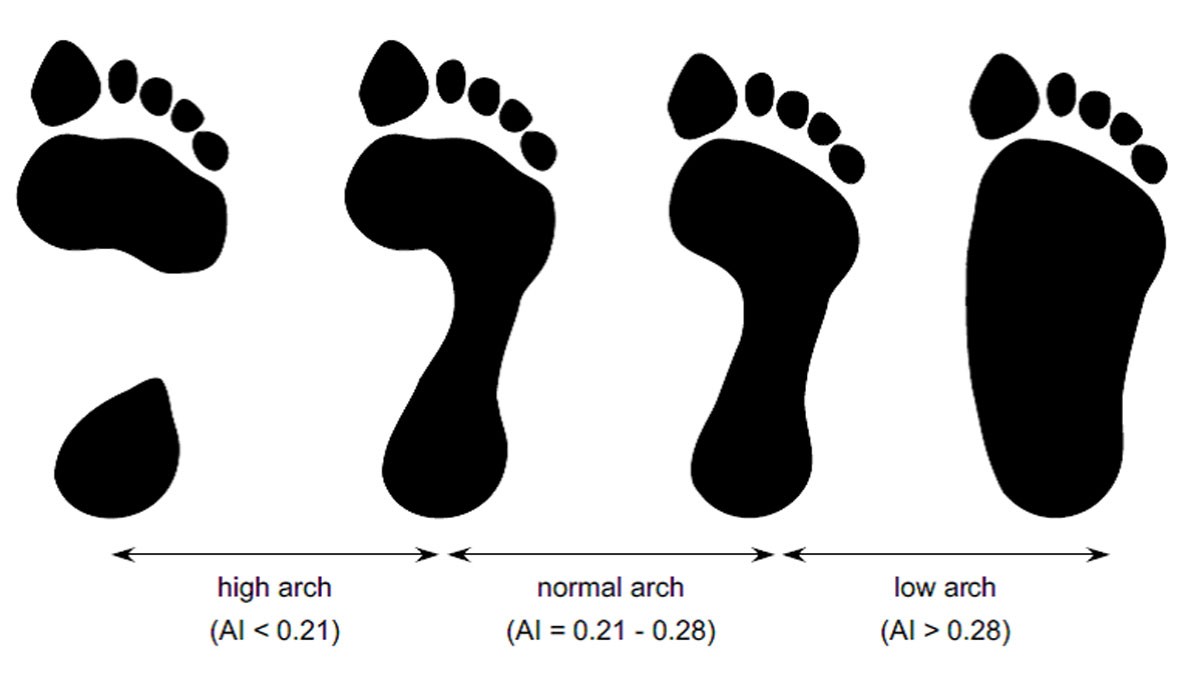
Visual categorisation of the Arch Index a simplified measure of foot posture in older people
Four other foot and ankle musculoskeletal measurement instruments or tools were used in this study (determining the reliability of each was the primary aim of this study). These instruments included; the Foot Posture Index (FPI-6) , the Beighton scale and the lower limb assessment score (LLAS) . The fourth test, the ankle lunge test, utilised a.

Increase in the Foot Posture Index in pronation between the first and... Download Scientific
Previous studies have demonstrated that Foot Posture Index (FPI-6) is a valid and moderately reliable tool to evaluate foot posture. However, data about reliability and validity of FPI-6 in the.

Foot Posture Index — SnapSPT 👻
Objective Archers of the foot The FPI-6 is a novel method of rating foot posture using set criteria and a simple scale, and is a quick, reliable diagnostic tool. It is used to quantify the degree to which a foot is pronated, neutral, or supinated.

the foot posture index AcmtRete
Navicular height (NH), the Foot Posture Index (FPI), resting calcaneal stance position (RCSP), neutral calcaneal stance position (NCSP), navicular drop (ND) were examined in young children (4 to 6 years) and adolescents (8 to 15 years) in an intra-rater and inter-rater reliability study . This study found differences in the reliability of the.

The six items of the Foot Posture Index. Download Scientific Diagram
Am J Sports Med 2004: 32 (3): 772-780 2 Foot Posture Index - User guide and manual Introduction The Foot Posture Index (FPI) is a diagnostic clinical tool aimed at quantifying the degree to which a foot can be considered to be in a pronated, supinated or neutral position. It is intended to be a simple method of scoring the various features of.
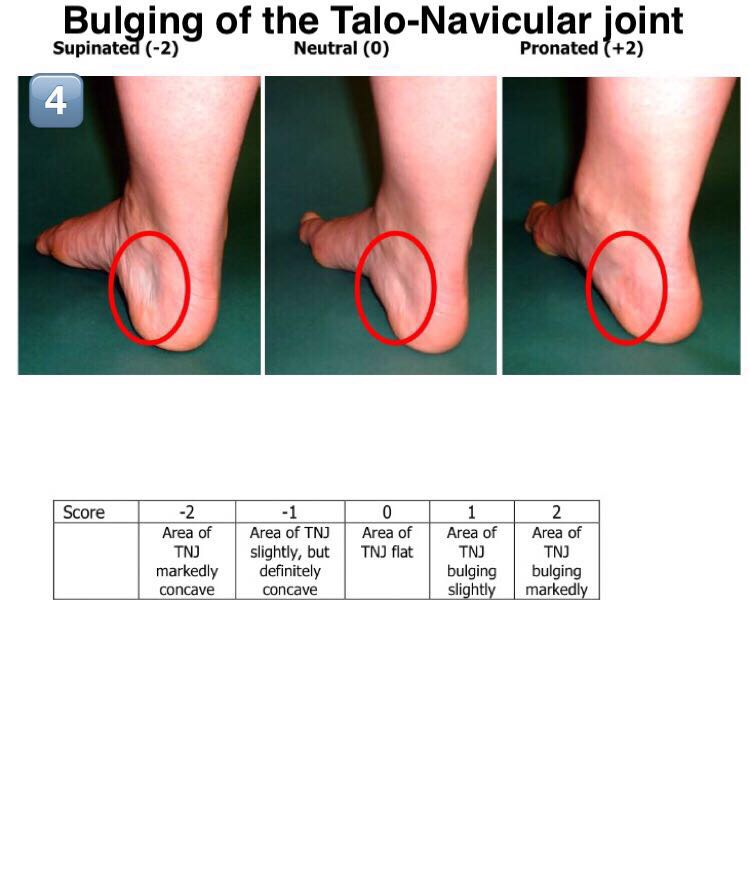
Foot Posture Index — James McAfee, PT, DPT
Previous studies have demonstrated that Foot Posture Index (FPI-6) is a valid and moderately reliable tool to evaluate foot posture. However, data about reliability and validity of FPI-6 in the assessment of foot posture in people with low back pain (LBP) is lacking.
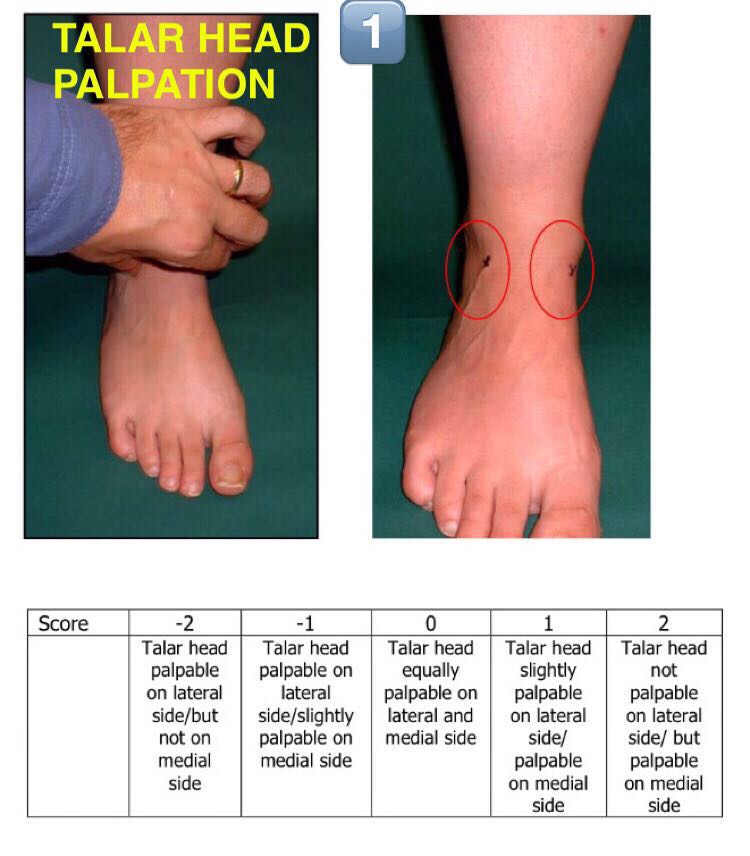
Foot Posture Index — James McAfee, PT, DPT
The foot posture index to classify feet as pronated, neutral, and supinated is a useful approach under both static and dynamic conditions, but care must be taken when using it to associate pronation with injury risk. While recent studies have associated foot posture with joint loading, more information, such as factors of Achilles tendon angle.
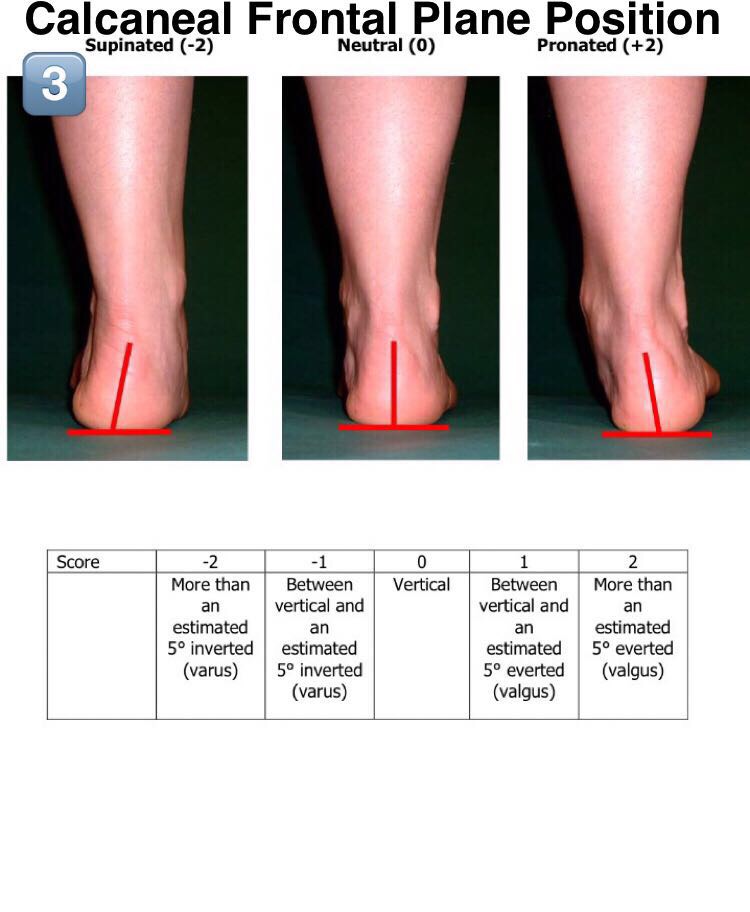
Foot Posture Index — James McAfee, PT, DPT
The Foot Posture Index (FPI) is a validated method for quantifying standing foot posture, and is being used in a variety of clinical settings. There have however, been no normative data available to date for comparison and reference. This study aimed to establish normative FPI reference values. Methods
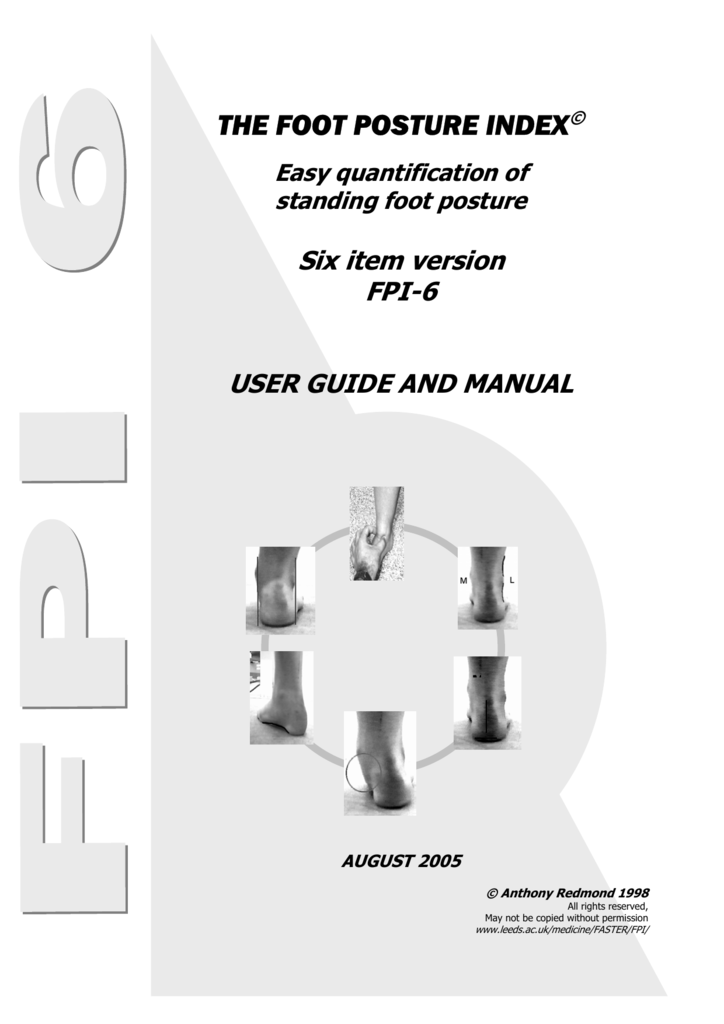
the foot posture index
Foot posture is considered to be an important component of musculoskeletal assessment in clinical practice and research. However, many measurement approaches are not suitable for routine use as they are time-consuming or require specialised equipment and/or clinical expertise. The objective of this study was therefore to develop and evaluate a simple visual tool for foot posture assessment.

The sixcriteria of Foot Posture Index6. a) talar head palpation... Download Scientific Diagram
The Foot Posture Index (FPI) is an observational tool designed to measure the position of the foot. Its reliability is well established, and it provides normative reference values for the general population. However, this is not so for the paediatric population.

Figure 1 from Morphometric Analysis of Ankle and Foot in Classical Bharathanatyam Dancers Using
FF is termed developmental FF when observed in infants and toddlers and is part of normal development. Between the ages of 8 and 10 however, a clinician may consider this a true FF. [6] Rigid flat foot: The longitudinal arches of the foot are absent in both heel elevation (tiptoe standing) and weight bearing. [7]